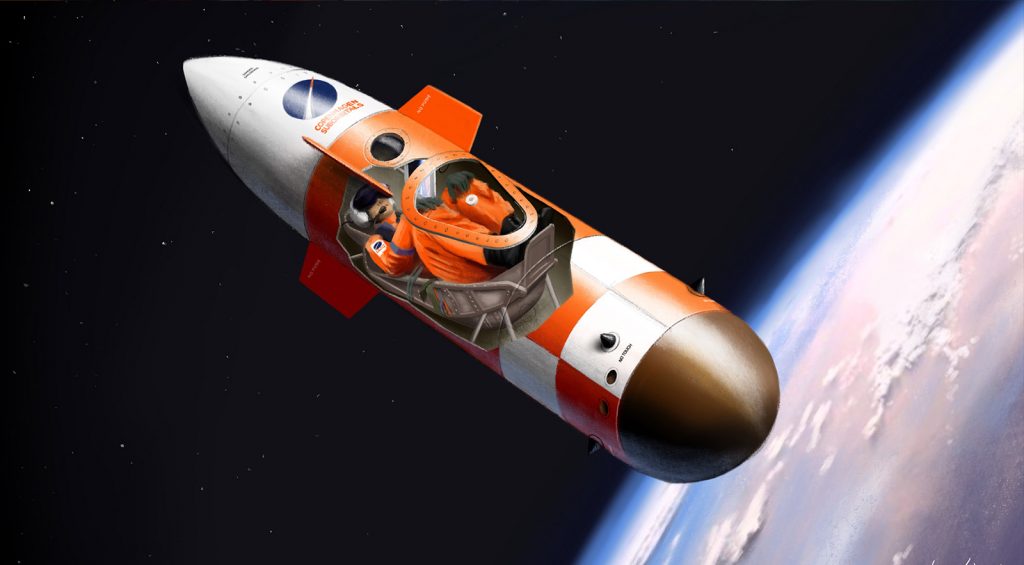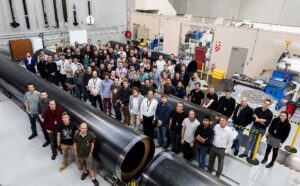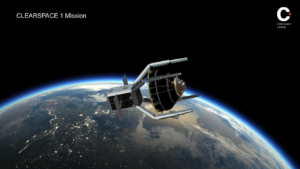Copenhagen Suborbitals launch history and upcoming launches
22nd Mar 2021
Even ten years ago, it was difficult to imagine that a group of amateurs could not only create their own rocket but also successfully launch it — that is, until 2011, when Copenhagen Suborbitals launch proved it real.
What is Copenhagen Suborbitals
Copenhagen Suborbitals is a Danish non-profit aerospace organisation aiming to develop low-cost suborbital manned vehicles without the government’s funds or business involvement. The company was founded in 2008 in Copenhagen by entrepreneur and space enthusiast Peter Madsen. The staff includes over 40 employees working exclusively on a volunteer basis.
Copenhagen Suborbitals Launch History
First Copenhagen Suborbitals rocket HEAT-1X
The first Copenhagen Suborbitals rocket was named HEAT-1X.
Specifications:
- One stage
- Height – 9.38 m, width – 65 cm
- Starting weight 1630 kg
- Hybrid engine running on solid polyurethane and liquid oxygen
HEAT-1X had only two launches: an unsuccessful one on 5th September 2010, and a partially successful one on 3rd June 2011. A few seconds after launching from an offshore platform in the Baltic Sea, the rocket deviated from the trajectory, turned over, and flew at an angle to the horizon, which forced the team to remotely turn off the engine. The parachute was damaged during deployment and the rocket fell into the water from a great height.
Nevertheless, the launch showed that amateur rocket builders could do more than initially expected. After all, the rocket was not only large and powerful but also carried a capsule with a crash test dummy. This Copenhagen Suborbitals rocket launch caused a stir in the media.
Smaragd rocket
The next rocket, Smaragd, was intended to test the telemetry system and stage separation at 20+ km altitude.
Technical specifications:
- Height – 572 cm
- First stage diameter — 220 mm, second stage — 133 mm
- Starting weight – 146 kg
- Hybrid engines running on polyurethane oxidized with nitrogen oxide
Smaragd was launched on 27th July 2012. Soon after the launch, rocket overload caused disconnection of the nose part with all the electronics. However, this Copenhagen Suborbitals rocket launch was completed.
Sapphire rocket
Copenhagen Suborbitals’ third rocket is the tiny Sapphire.
Specifications:
- One stage
- Height – 5.38 metres
- Diameter – 22 cm
- Starting weight – 202.7 kg
- Hybrid engine powered by polyurethane oxidized by nitric oxide
The launch took place on 23rd June 2013. It was a success and allowed the company to test thrust vector control and guidance technology.
Copenhagen Suborbitals Nexø I rocket
Three years later, the 4th CS Nexø I rocket was tested.
Technical specifications:
- Height – 5.6 metres
- Diameter – 300 mm
- Starting weight – 205 kg
- Ethanol and liquid oxygen engine
The launch took place on 23rd July 2016. Due to a valve malfunction, the engine lacked thrust, so the rocket could only reach 1500 metre altitude.
Copenhagen Suborbitals Nexø II
Copenhagen Suborbitals’ latest development, Nexø II with increased weight and height, was successfully launched on 4th August 2018. Copenhagen Suborbitals Nexø II flew on a given trajectory of 6500 m, after which the nose part separated, the parachute opened, and Copenhagen Suborbitals Nexo 2 landed into the sea. This was an undeniable success for Copenhagen Suborbitals Nexo 2 as it showed that the water-landing speed was low enough that an astronaut would survive the impact.
Future plans: Spica rocket project
All CS launches are only intermediate steps on the way to its ultimate goal. Each of them, to one degree or another, tested technologies for the suborbital Spica rocket. Copenhagen Suborbitals Spica rocket should carry the world’s first amateur astronaut into space.
According to the company’s website, Copenhagen Suborbitals Spica rocket will have the following specifications:
- Height – 13 m
- Diameter – 95 cm
- Starting weight – 4 tons
- 100 kN liquid oxygen and ethanol engine.
The payload is a single-seat capsule made of durable steel. Spica will launch from an upgraded Sputnik platform that can support the required weight. Twenty seconds after take-off, the Spica rocket will go into supersonic mode, then the engine will turn off at a speed of about 3600 km/h at an altitude of 50 km. From here, Spica will advance to its apogee point of 105 km, after which the capsule will stabilize. Approximately 9 minutes after launch at an altitude of 4 km, the parachutes will deploy, and the Spica rocket will make a smooth landing in the Baltic Sea, from where a rescue team will pick it up.
Currently, the company keeps working on its projects and encourages more interested volunteers to join the Copenhagen Suborbitals launch team.





![Beyond Earth’s Blue: What Are the Water Worlds Across the Solar System? [A Comparative Analysis] Beyond Earth’s Blue: What Are the Water Worlds Across the Solar System? [A Comparative Analysis]](https://orbitaltoday.com/wp-content/uploads/2024/03/water-in-solar-system-1-300x144.jpg)
Thank you for your comment! It will be visible on the site after moderation.